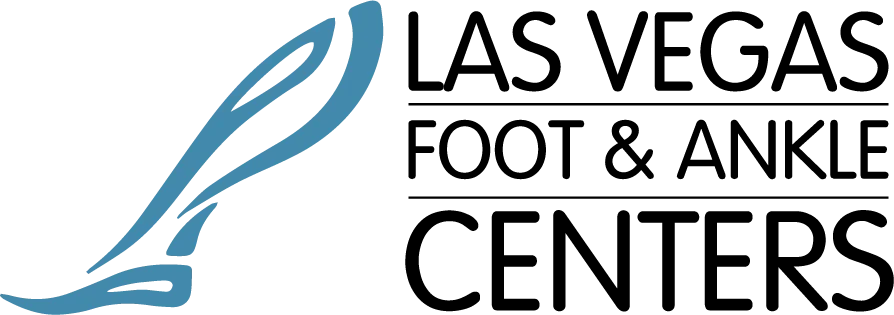Foot corns are a type of thickened skin that develop in response to pressure or friction on the feet. They typically appear as small, raised bumps or as patches of hard, thickened skin on the toes or heels, or balls of the feet. There are many methods for getting rid of corns on the bottom of the feet.
Foot corns are typically caused by wearing tight shoes or high heels, as well as by activities that put repeated pressure or friction on the feet, such as running or hiking. They can be uncomfortable or painful, especially when pressure is applied to the affected area.
Foot corns can be hard with a dense center, surrounded by inflamed skin, or soft with a rubbery texture that may be white or grey.
When Do Foot Corns Need Corn Removal Treatment?
Foot corns may need treatment when they cause discomfort or pain, interfere with daily activities or become infected. Here are some signs that your foot corns may require medical attention:
- If there is discomfort or pain, especially when pressure is applied.
- If it becomes difficult to walk or wear shoes comfortably.
- If the skin around your foot corn is red, swollen or tender to touch, this may be a sign of infection and you should seek medical attention.
- If your foot corns are bleeding or draining pus, consult a foot doctor.
- If you have chronic or recurrent foot corns despite attempts to manage them at home, it may be time to seek medical treatment to prevent further complications.
Some of the best ways of getting rid of corn on the bottom of the foot include wearing properly fitted shoes, using pads or cushions to relieve pressure and soaking the feet to soften the skin.
In severe cases, medical treatment such as corn removal treatment or surgical intervention may be necessary. If so, seek medical attention and consult a podiatrist for foot corn and callus treatment. Foot doctors can provide treatment options to relieve your symptoms and prevent further complications.

